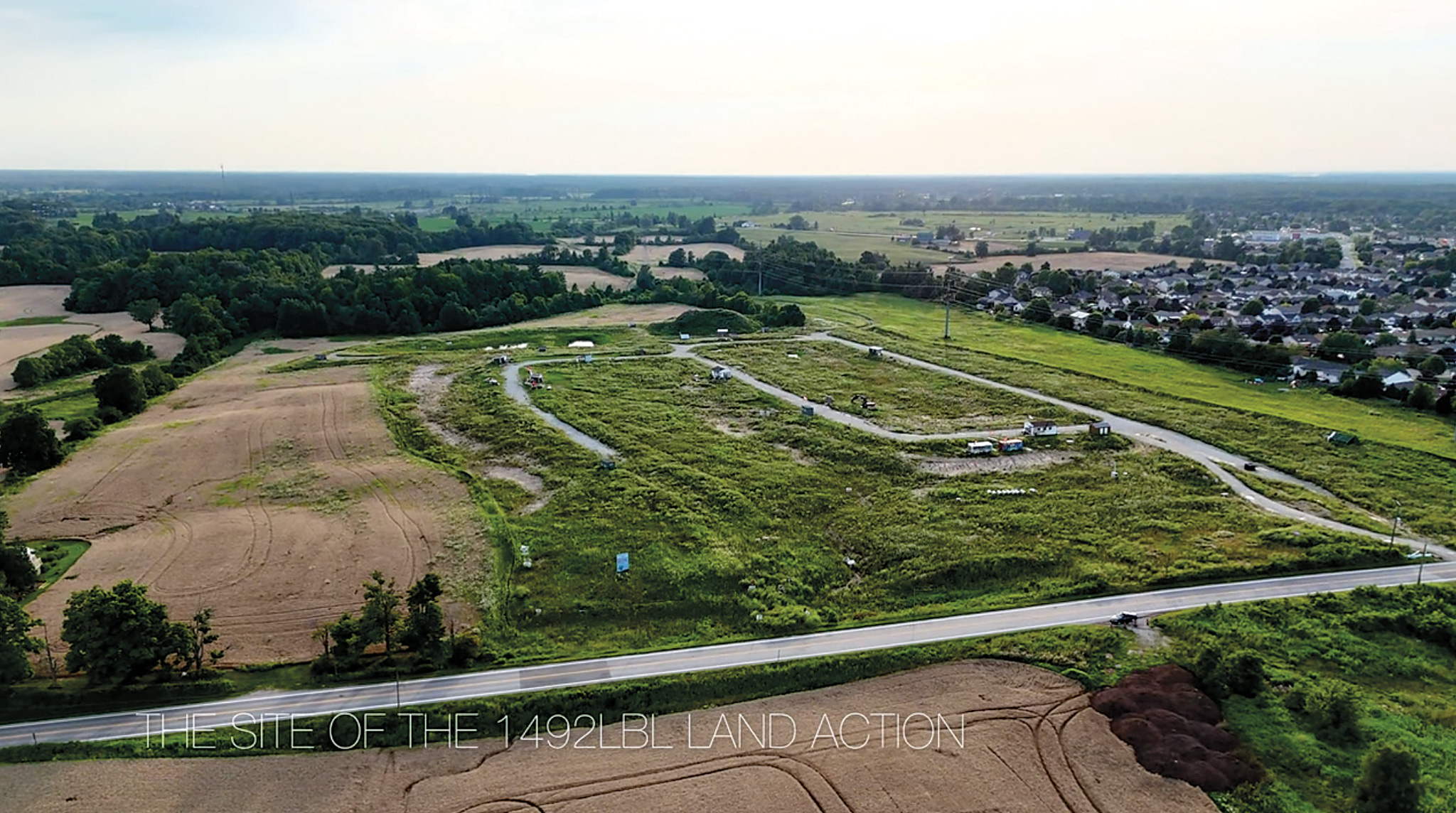When it comes to emergency response preparedness at Imperial Oil Nanticoke, the first step is to have a plan in place. The second step? Practice, practice, practice.
Ryan Lawrence is the Fire Chief for the refinery; he’s also a district chief with the Haldimand County Fire Department at Station 12 Fisherville.

Some may be surprised to learn that the site employs a fully functional fire department, which includes three pumper trucks, rescue units, and approximately 150 trained emergency responders. Some of these individuals are also volunteer firefighters for local municipal fire departments.
Lawrence was one of several speakers from Imperial Oil at a community meeting in May, where he shared a bit about the work he does.
He said all the company’s emergency responders get both on- and off-site training. Notably, “We send all of our leaders to (the Texas A&M Engineering Extension Service, TEEX). It is a facility that basically looks like our refinery, but they can light it on fire, and they control the fire.”
Besides fires, the team is trained to respond to a variety of possible scenarios, including oil and/or hazardous material spills, confined space and rope rescues, and more.
“We have a lot of plans for our site. (For) our highest consequence scenarios, we have documented pre-plans that outline exactly how much equipment we need, how many responders, etc.” he explained. “A lot of the higher consequence stuff is very, very low probability, but you have to be prepared if it did happen.”
Lawrence and his team try to anticipate the unexpected and do what they can to be as prepared as possible.
“We are set up pretty much to be self-sufficient,” he said. However, there is a mutual aid agreement between Imperial Oil and Haldimand County, so if either needed assistance, the other would come and help.
That could happen with a large-scale event, or if Haldimand firefighters were up against a blaze that needed to be combatted with foam.
“In a municipal fire department, we live in the world of water. At the refinery, we live in the world of foam,” Lawrence said, adding that Imperial Oil has approximately 17,000 gallons of foam on site, besides a fully functioning hydrant system.
At the May meeting, it was announced that Imperial Oil was making an opt-in alert system available to residents if they wanted to receive notifications about emergency situations at the refinery.
To register, go to ImperialOil.ca/Nanticoke, click on the Everbridge.net link under the emergency contact heading, and fill in your information.
It’s important to note that Imperial Oil can’t use the system to tell residents to do something like shelter in place or evacuate, as those kinds of instructions would have to come directly from Haldimand County, which is “the emergency management organization for the municipality. So, any evacuations, road closures, things like that, we go through the County to make that happen.… They would be the ones to engage the OPP if we need them,” Lawrence explained.





